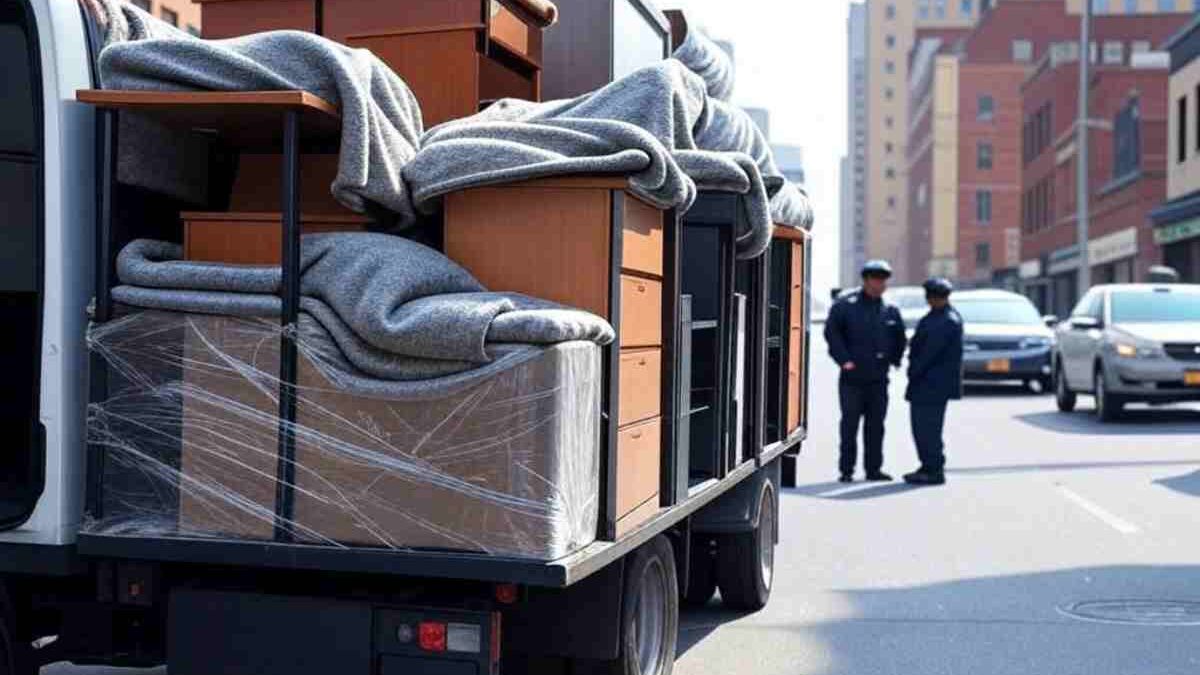Moving an office is a major job that calls for careful preparation, coordination, and execution. Among the various facets of a commercial move, securely moving office furniture is one of the most important. Office furniture is important for functional purposes as well as for continuity of operations and cost. An irresponsible action could cause damage, more downtime, and unplanned costs. Businesses should depend on expert guidance and tried-and-true approaches to protect their office furniture during transit in order to guarantee a seamless move.
Table of Contents
Start with a comprehensive evaluation
Every efficient office move starts with a thorough assessment and inventory of every furniture item. Determine which items are unusually shaped, modular, heavy, or fragile. Organize the furniture according to their kind—desks, chairs, conference tables, shelving units, or cubicle dividers—and comment on which pieces could need disassembly. This stage aids in developing a specific transport strategy in which risk is reduced and efficiency is increased.
Disassemble where it makes sense
When practical, professional movers always advise taking apart big furniture pieces. Typically, modular workstations, large shelving units, and office desks have to be broken down into reasonable components. Besides lowering transit risk, this streamlines loading and unloading. To make reassembly at the new site easier, be sure to clearly mark every part and keep all screws, bolts, and connectors in well labelled bags.
Utilize excellent packing supplies
Preventing scratches, dents, or damages depends much on protective packing. Bubble wraps, furniture blankets, or foam padding let you cover items. Using corner guards or stronger pads, corners and edges—particularly of wooden or glass furniture—should be protected. Stretch wrap should be used to secure filing cabinets and drawers so that they do not open during transportation. Good packing guarantees that the furniture stays whole even should a sudden motion or jolt occur while transport.
Hire Professional Movers
Although a DIY relocation might seem appealing to cut expenses, skilled office movers bring knowledge, tools, and experience to the job. They are educated in loading trucks maximizing space while securing the cargo, handling heavy and delicate furniture, know how to negotiate tight corners or elevators. Many moving businesses have insurance against accidental damage or loss, therefore hiring specialists also lowers liability. Businesses should consider working with companies that specialize in Furniture Shipping, as they offer tailored services for commercial and office-related moves.
Design a Layout and Labeling System
Clearly identifying furniture and its parts helps to simplify packing and unpacking. Every item should be marked with its destination room and any special handling directions. Creating a floor plan of the new office arrangement is also wise; this will allow the movers to position the furniture in its designated place without ongoing guidance. This reduces handling of goods and confusion in addition to accelerating the setup process.
Arrange the move intentionally
Reducing stress and limiting disturbances both depend much on timing. If at all feasible, plan your move during off-peak business hours or over a weekend. This helps to reduce disruptions of normal operations and improves elevator, loading dock, and parking facility access. Reserving elevator access or getting permissions may also require coordination with the building management at both sites.
Check Following the Move
Once the relocation is finished, inspect all furniture thoroughly. Look for indications of damage, misplacing, or missing components. Quick inspection guarantees that everything is ready for your crew to resume operations without unnecessary delays and aids in raising any insurance claims, if required.
In essence, moving office furniture securely calls for planning, protection, and professionalism in addition to just manpower. Every step—from taking apart major items to using appropriate packing supplies and enlisting qualified movers—helps to ensure a good move. Following expert guidance helps companies to prevent expensive mistakes and ensure that their new environment transition is safe, smooth, and effective.

